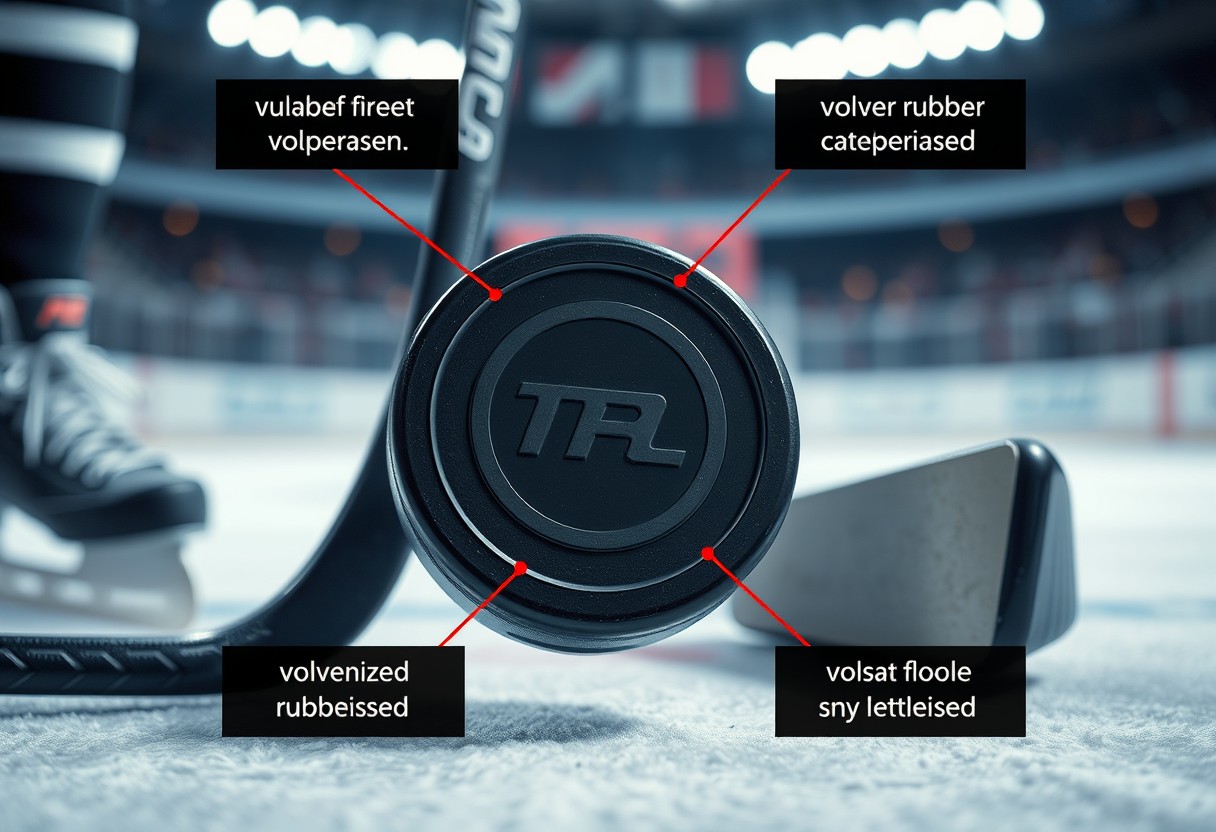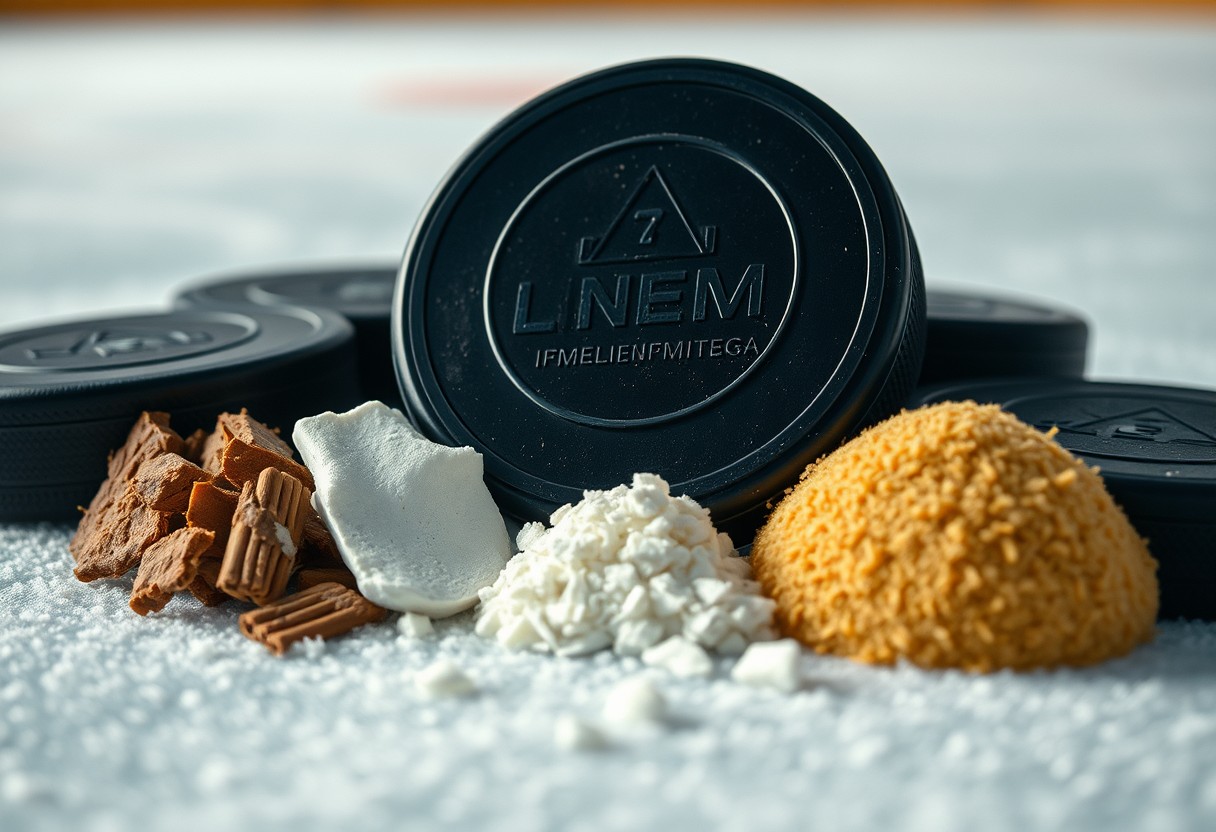There’s a surprising amount of science and engineering that goes into the seemingly simple hockey puck that you watch fly across the ice. Understanding what makes up a hockey puck not only enhances your appreciation for the game but also informs you about its functionality and the evolution of hockey equipment.
Traditionally, a hockey puck is made from vulcanized rubber, a material that was chosen for its durability and impact resistance. If you’re wondering about the benefits of using vulcanized rubber, it primarily stems from its ability to withstand the extreme conditions of iced surfaces and intense physical impacts during gameplay. Vulcanization is a chemical process that enhances the properties of rubber, making it less brittle and more resilient, which is critical given the high speeds and physicality of hockey.
The standard hockey puck has a diameter of 3 inches and a thickness of 1 inch, weighing around 6 ounces. This specific size and weight are mandatory for official games under regulations set by organizations like the NHL (National Hockey League), ensuring consistency in play. When you’re watching a high-stake game, you may notice how fast the puck moves; its weight and dimension contribute to its flight path and speed across the ice.
You might also be interested in how different types of pucks are used depending on the conditions and level of play. Besides the standard rubber puck employed in professional games, there are also practice pucks, which can be made from various materials for specific purposes. For instance, practice pucks often use lighter materials to help beginners develop their skills without the full weight of a regulation puck. Furthermore, there are also foam pucks designed for younger players or for off-ice training to ensure safety and reduce the risk of injury.
In recent years, some manufacturers have begun experimenting with advanced materials, such as composite plastics, to create pucks that can withstand temperatures better, thereby reducing the puck’s tendency to become brittle in extreme cold. However, most professional leagues continue to stick with the tried and true vulcanized rubber, as it offers optimal performance and feel during gameplay.
When you watch players rocketing a puck across the ice, it’s easy to underestimate the technology at play. The design of the puck has also evolved over time, with some modern pucks featuring internal sensors for tracking speed and movement. This innovation can give coaches and players insights into performance metrics and gameplay statistics, pushing the boundaries of training and strategy.
In summarization, understanding what a hockey puck is made out of not only informs you about the equipment used in hockey but also enhances your overall viewing experience. Whether you are a player, a coach, or a fan, appreciating the material composition and technological advancements surrounding the puck can deepen your connection to the sport. So the next time you see that puck flying across the ice, you will recognize the significant material engineering that plays a role in your favorite game.




